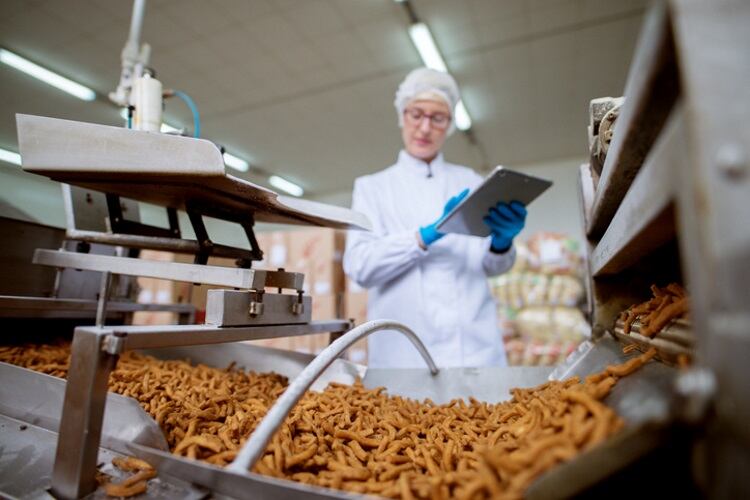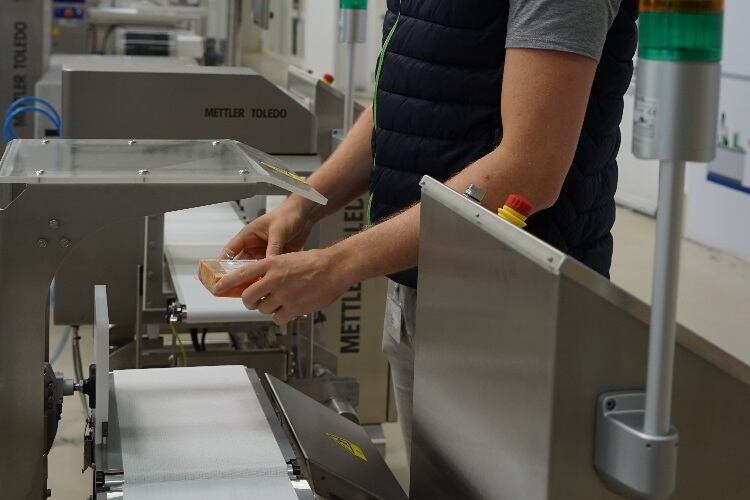
According to Mintel, last year, 66% of adults in Europe snacked at least once a day with 37% of 25-to-34-year olds admitting they snacked instead of sitting down to a proper meal at least once a week.
Consumers are also living increasingly busier lives in mature markets – driving the need for more convenient, timely and portable solutions, that is, smaller packs they can carry with them, open and reopen. Even at home, the swing towards grazing has propelled the move to smaller packs onwards.
The small pack trend also fits comfortably with a more health-conscious and calorie-counting public: people want ready-to-go products based on sensible portion sizes. Products such as small, flexible packs for snacks and single-serve portions of breakfast cereal meet the need.
Changing demographic factors that have led to smaller average household sizes have also emphasised the need for packaging solutions that meet the requirements for convenience and less food wastage.
Turnabout trends from COVID
Then came COVID-19, which changed many things, particularly curbing the on-the-go lifestyle in many instances.
Individuals were subjected to travel and work restrictions to help curtail the health crisis, which had a direct impact by intensifying the desire for comfort foods. Throughout the pandemic, we also saw an increase in single-serve and single-use packaging – especially as consumers sought additional reassurance that their favourite brands were still safe to eat and had been handled by as few people as possible.
For manufacturers, there were lessons to learn about dealing with swiftly changing consumer demand and how these impacted packaging trends.
For example, in the UK, the phenomenon early in the lockdown period when supermarkets ran out of packs of flour as people got swept into the baking at home craze.
While there was plenty of flour left in the mills, manufacturers had planned their packaging supplies around delivering large sacks of flour to restaurants, which were then shuttered to help slow down the spread of the virus. High demand for small packs replaced large bags of flour, but this resulted in empty supermarket shelves.
These societal changes and their impact upon pack sizes have been matched by innovation in packaging technology. The market is now better able to respond to demands for portability by designing packs that are made from flexible and lightweight materials, while the convenience factor is helped by developments in re-sealable technology.
The industry is well-placed to take advantage of a global single-serve packaging market, which, according to Technavio, is forecast to grow by a 5% CAGR between 2018 and2022 to reach $30.5bn. The same report cites the cost efficiency of single serve packaging as a key driver for this market.
Product inspection protects the small pack trend
Producers rely on inspection technology to ensure small packs meet the same stringent standards for consumer safety, labelling accuracy and compliance as other pack sizes. For example:
- Precision weighing of smaller portion sizes is fulfilled by checkweighing technology
- Contaminant detection is facilitated by both metal detection and x-ray inspection
- Quality assurance checks, including packaging defects and brand integrity, is completed by x-ray inspection
- Label verification is carried out by vision inspection systems that check each label against pre-programmed content, ensuring all allergens contained within the small packs are declared.
Factory and production line efficiency are also important factors, as manufacturers are potentially faced with more frequent multiple changeovers between different product types and sizes. Investing in technologies that accommodate multiple changeovers at fast throughput speeds will put forward-thinking manufacturers in a good position to capitalise on this emerging small pack market.
Small pack sizes represent a growing market opportunity for bakery and snack producers.
The most significant growth in per capita expenditure is expected to occur in mature countries – primarily across Western Europe and North America. Bakery and snack producers can capitalise on evolving consumer behaviour by adding value through a flexible response to packaging.
The consumer experience is of paramount importance in making pack downsizing a success, and with the correct utilisation of product inspection technologies, manufacturers can ensure that that experience for consumers is both safe and enjoyable.




